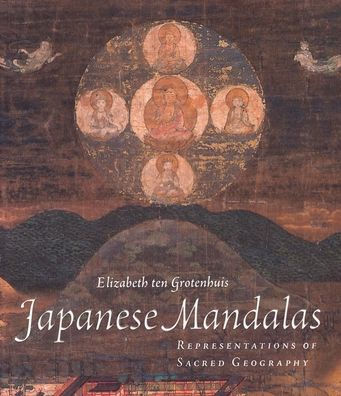5
1
9780824820817


Japanese Mandalas: Representations of Sacred Geography / Edition 1 available in Paperback

Japanese Mandalas: Representations of Sacred Geography / Edition 1
- ISBN-10:
- 0824820819
- ISBN-13:
- 9780824820817
- Pub. Date:
- 11/01/1998
- Publisher:
- University of Hawaii Press, The
- ISBN-10:
- 0824820819
- ISBN-13:
- 9780824820817
- Pub. Date:
- 11/01/1998
- Publisher:
- University of Hawaii Press, The
27.0
In Stock

Product Details
| ISBN-13: | 9780824820817 |
|---|---|
| Publisher: | University of Hawaii Press, The |
| Publication date: | 11/01/1998 |
| Series: | Japanese Art/Religion Series |
| Edition description: | New Edition |
| Pages: | 248 |
| Sales rank: | 799,258 |
| Product dimensions: | 8.04(w) x 9.14(h) x 0.61(d) |
What People are Saying About This
From the B&N Reads Blog
